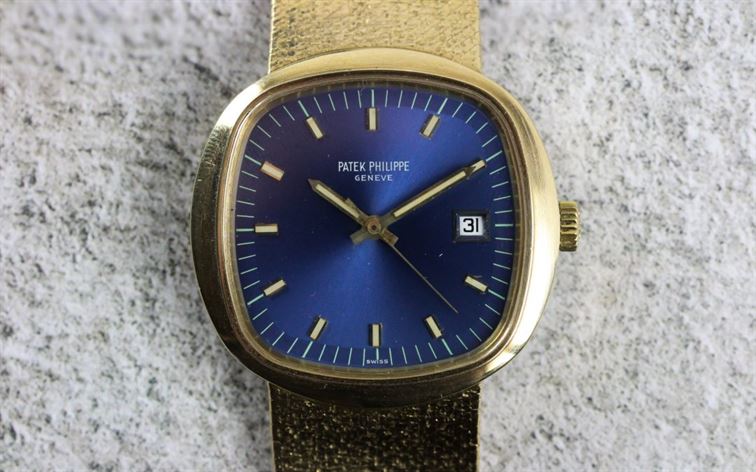Your cart is currently empty.
Go To Shop
For most knowledgeable collectors, a watch bearing a mechanical movement will almost always trump one with a quartz movement. By simply taking a quick glance inside of the latter, these battery powered pieces seem to lack all the artistry and emotion of their mechanical predecessors. Today, most enthusiasts of horology will be familiar with a darker period in the history of watchmaking; the so-called “Quartz Crisis”. Beginning in the early 1970’s, our now beloved escapements and mainsprings were traded for batteries and stepping motors, and it remained this way for roughly fifteen years. Now, while most will attribute this era to Asian watchmakers like Seiko, the Swiss were equally involved in this movement (pun absolutely intended), primarily through the development of the Beta 21. This collaborative effort of Switzerland’s top watchmaking houses ultimately did help kick off this new age, and now represents an interesting time in horological history.
In 1962, the Swiss founded the Centre Electronique Horloger (CEH), with the task of developing a new electronic wristwatch movement. Funnily enough, the laboratory was located in the same building as the Laboratoire Suisse de Recherches Horlogères – the facility set up in 1940 to study and innovate upon mechanical movements. With accuracy on the mind, this collective of exactly 21 watch manufacturers (Rolex, Omega, Patek Philippe, and IWC to name a few) worked together to develop two prototype movements, and in 1967, they entered their prototypes in the Neuchâtel Observatory’s time trials, setting new records for timekeeping accuracy.
So, how exactly did the movement work? Well, just like most other quartz powered watches today, it begins with a quartz crystal. The battery contained within the watch would create an electrical impulse, that would travel through a circuit, to a quartz crystal bar, that would vibrate exactly 8,192 times per second. Then, these vibrations would pass through another circuit, that would be geared down by an electromagnetic motor. All of this would go to ensure extremely accurate timekeeping, off by only a few tenths of a second per day. In this time, it was quite the exciting and incredible feat of human ingenuity.
At the Basel fair of 1970, several manufacturers unveiled their newest creations, bearing the new caliber. The first to be released was Omega’s Electroquartz, containing the same movement which they dubbed the caliber 1300. It was styled rather “futuristically”, with a large, chunky, TV-style case – a perfect match for the advanced movement. Following shortly after, brands like Rolex and Patek Philippe released their own Beta 21 powered pieces, like the peculiar Patek reference 3587, and what is now somewhat of a thing of a lore, the Rolex Quartz 5100. While not regarded in the same manner as the other mechanical pieces from these brands, the watches are still sought after and widely collected.
Now while projects like these may have contributed to what almost killed mechanical watchmaking, you can’t deny their motives. This was a time where the industry and community just weren’t what they are today, and a greater emphasis was being placed on accuracy and practicality over artistry and craftsmanship. The Swiss simply had to do what was necessary to keep up with the times. Looking back at this period in horological history should only serve to increase our appreciation for the numerous mechanical advancements being made in the industry today.

